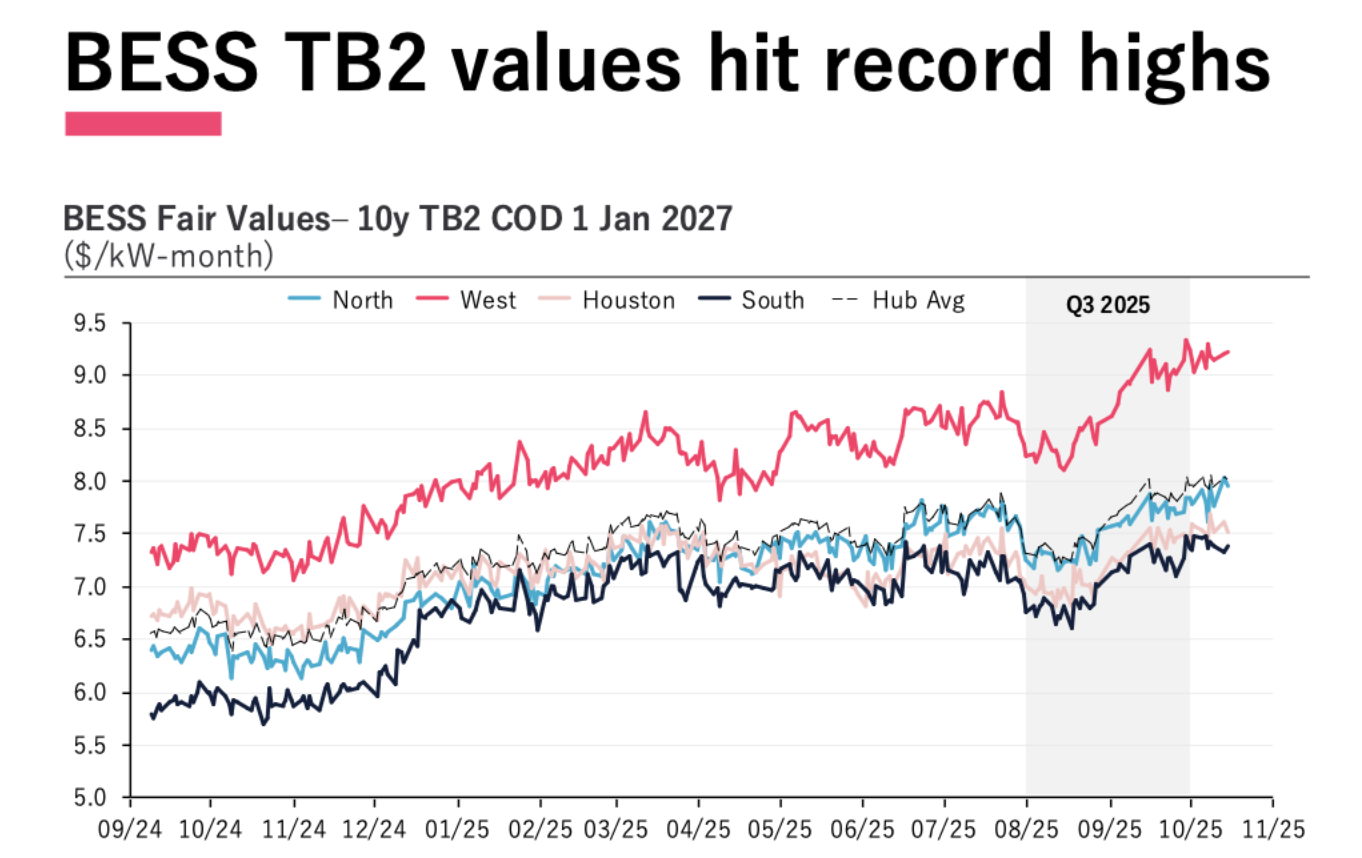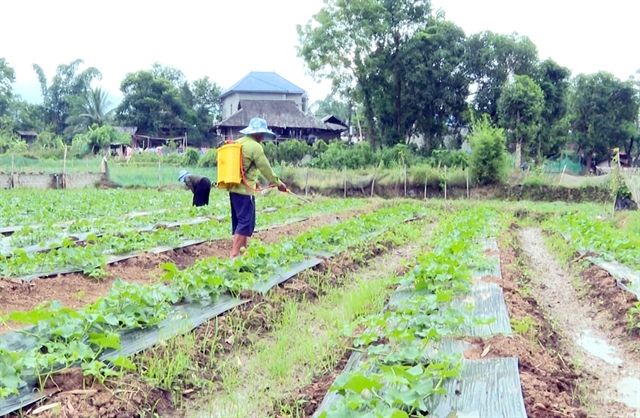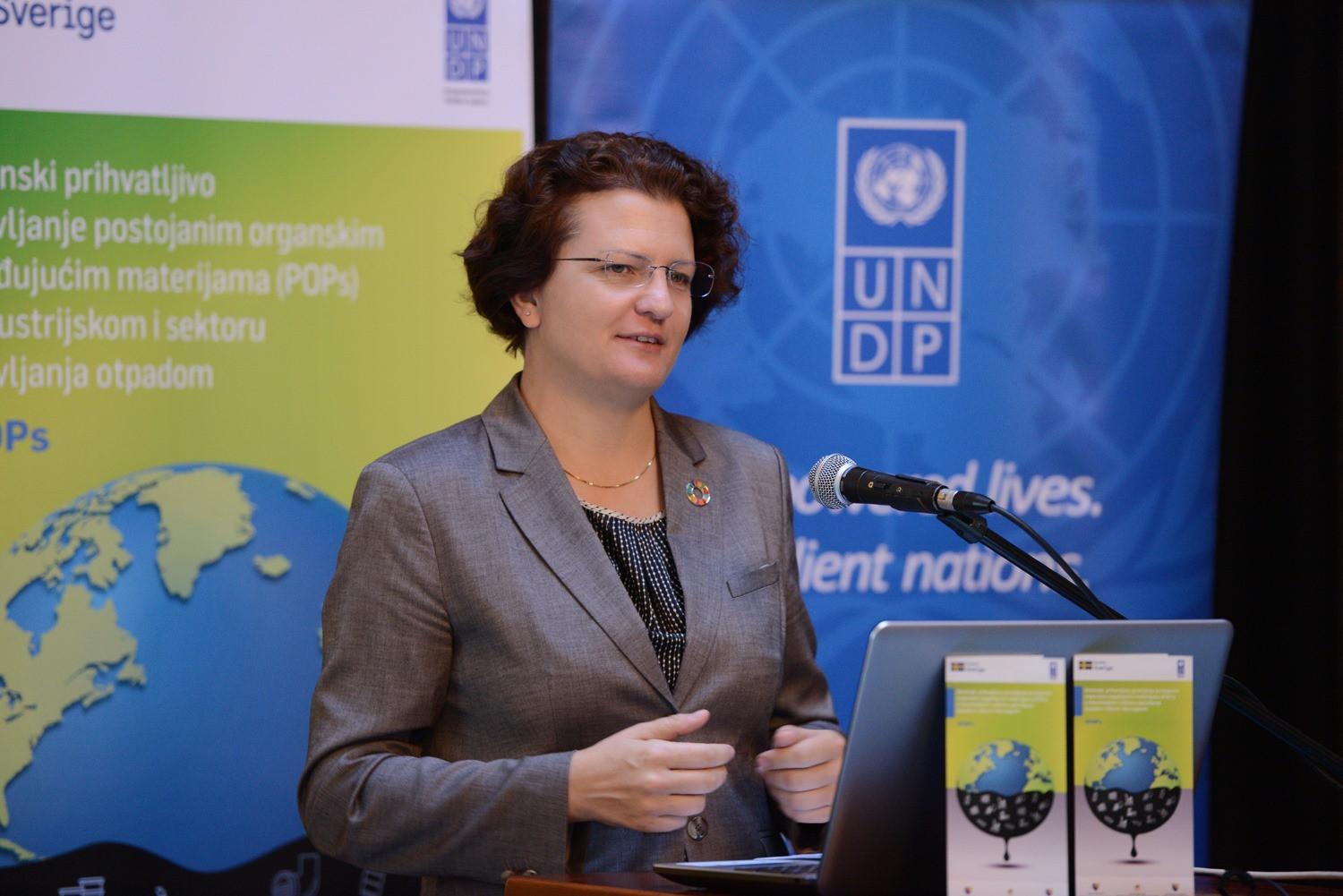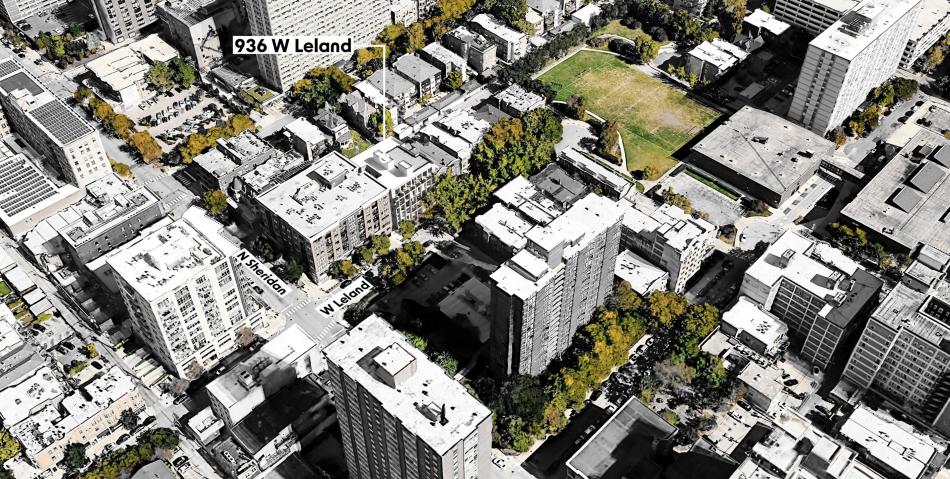AirVisual Series Air Quality Monitors – IQAir

Advancing Sustainable Development through Comprehensive Air Quality Monitoring
Introduction: Aligning Environmental Monitoring with Global Goals
Effective air quality monitoring is a critical component in the global effort to achieve the Sustainable Development Goals (SDGs). The deployment of advanced environmental sensors provides essential data for policymakers, communities, and industries to make informed decisions that protect human health and promote environmental sustainability. This report details the capabilities of an outdoor air quality monitoring system and its direct contributions to specific SDGs.
System Capabilities and Measured Parameters
The monitoring system is engineered to provide a comprehensive analysis of atmospheric conditions by measuring a range of key pollutants and environmental variables. This data is fundamental for assessing public health risks and environmental impacts, directly supporting the objectives of SDG 3 (Good Health and Well-being) and SDG 11 (Sustainable Cities and Communities).
- Particulate Matter (PM):
- Smoke and Ultrafine Particles (PM1)
- Fine Dust (PM2.5)
- Coarse Dust (PM10)
- Atmospheric Conditions:
- Temperature
- Relative Humidity
- Barometric Pressure
- Optional Gas Sensing:
- Carbon Dioxide (CO2), a key metric for climate change monitoring relevant to SDG 13 (Climate Action).
Applications in Support of Sustainable Development Goals
The strategic deployment of this monitoring technology in various environments provides actionable intelligence for advancing several SDGs.
- SDG 11: Sustainable Cities and Communities: By monitoring air quality in residential neighborhoods, urban centers, and near school grounds, the system helps cities manage pollution and create healthier, safer, and more resilient urban environments.
- SDG 3: Good Health and Well-being: The system quantifies population exposure to harmful pollutants from sources such as traffic, industry, and waste burning, enabling public health interventions and policies to reduce the burden of air pollution-related diseases.
- SDG 13: Climate Action: Tracking pollutants like black carbon (a component of PM2.5) and CO2 provides localized data for climate mitigation strategies, helping to assess the impact of local activities on the global climate.
- SDG 12: Responsible Consumption and Production: Monitoring emissions from industrial areas, construction sites, and agricultural activities encourages industries to adopt cleaner production methods and manage their environmental footprint responsibly.
Targeted Monitoring of Pollution Sources for SDG-Aligned Action
The system is specifically designed to measure air pollution originating from diverse anthropogenic and natural sources. Identifying and quantifying these sources is the first step toward mitigation and aligns with the principles of environmental stewardship central to the SDGs.
- Traffic Emissions
- Industrial and Manufacturing Output
- Construction and Demolition Dust
- Agricultural Activities
- Natural Events (e.g., Dust Storms, Wildfires)
- Waste Burning and Management
1. Which SDGs are addressed or connected to the issues highlighted in the article?
SDG 3: Good Health and Well-being
- The article discusses a device that monitors air pollutants like PM1 (smoke), fine dust (PM2.5), and coarse dust (PM10). These pollutants are directly linked to respiratory and other health problems, making the monitoring of air quality a key component in ensuring healthy lives and promoting well-being for all.
SDG 11: Sustainable Cities and Communities
- The article explicitly states the monitor is “Ideal for monitoring local outdoor air quality in residential neighborhoods, traffic school grounds, industrial areas and cities.” This directly relates to making cities and human settlements inclusive, safe, resilient, and sustainable by managing urban air quality.
SDG 13: Climate Action
- The mention of an “optional CO2 sensor” connects the device to climate action. Carbon dioxide (CO2) is a primary greenhouse gas, and monitoring its concentration is fundamental to understanding and combating climate change. The article also mentions monitoring pollution from sources like traffic, industry, and waste burning, which are major contributors to greenhouse gas emissions.
2. What specific targets under those SDGs can be identified based on the article’s content?
SDG 3: Good Health and Well-being
- Target 3.9: By 2030, substantially reduce the number of deaths and illnesses from hazardous chemicals and air, water and soil pollution and contamination. The air quality monitor described in the article is a tool designed to measure the very air pollutants (PM2.5, PM10) that this target aims to address, providing the necessary data to assess and mitigate health risks.
SDG 11: Sustainable Cities and Communities
- Target 11.6: By 2030, reduce the adverse per capita environmental impact of cities, including by paying special attention to air quality and municipal and other waste management. The article highlights the monitor’s use in cities and for measuring pollution from traffic and waste burning, which directly supports the goal of managing and improving urban air quality.
3. Are there any indicators mentioned or implied in the article that can be used to measure progress towards the identified targets?
Indicators for SDG 3 and SDG 11
- Indicator 3.9.1 / 11.6.2: The official indicator is the “Annual mean concentration of fine particulate matter (e.g. PM2.5 and PM10) in cities.” The article explicitly states that the device measures “fine dust (PM2.5)” and “coarse dust (PM10),” which are the exact metrics required for this indicator. These measurements provide the raw data needed to track progress towards reducing air pollution in urban environments and its impact on health.
Implied Indicators for Other Goals
- Carbon Dioxide (CO2) Levels: The availability of an “optional CO2 sensor” implies the measurement of CO2 concentrations. This serves as a direct indicator for monitoring greenhouse gas levels, relevant to SDG 13 (Climate Action).
- Smoke (PM1) Levels: The measurement of “smoke (PM1)” is a specific indicator of pollution from sources like “wildfire and waste burning.” This data can be used to assess the environmental impact of such events and the effectiveness of management strategies.
4. SDGs, Targets and Indicators Table
| SDGs | Targets | Indicators |
|---|---|---|
| SDG 3: Good Health and Well-being | 3.9: Substantially reduce the number of deaths and illnesses from hazardous chemicals and air, water and soil pollution and contamination. |
|
| SDG 11: Sustainable Cities and Communities | 11.6: Reduce the adverse per capita environmental impact of cities, including by paying special attention to air quality and municipal and other waste management. |
|
| SDG 13: Climate Action | 13.2: Integrate climate change measures into national policies, strategies and planning. (Implied, as data is needed for policy) |
|
Source: iqair.com

What is Your Reaction?
 Like
0
Like
0
 Dislike
0
Dislike
0
 Love
0
Love
0
 Funny
0
Funny
0
 Angry
0
Angry
0
 Sad
0
Sad
0
 Wow
0
Wow
0















































































